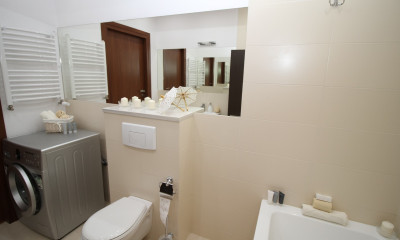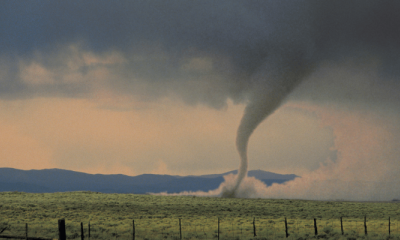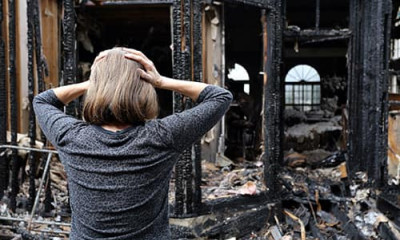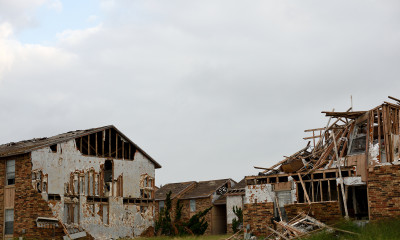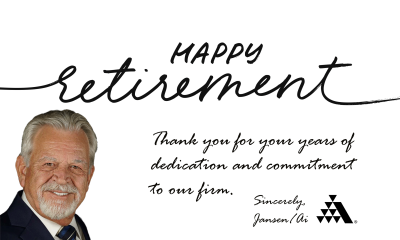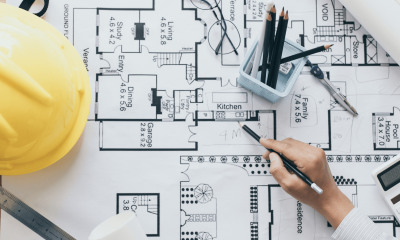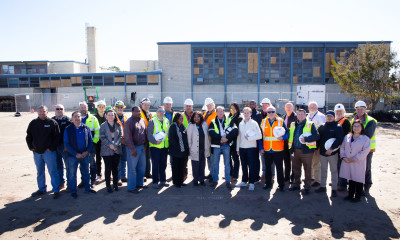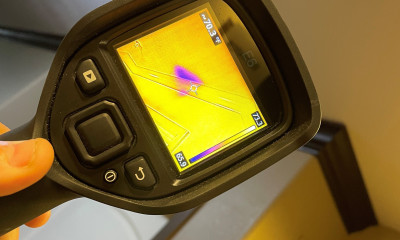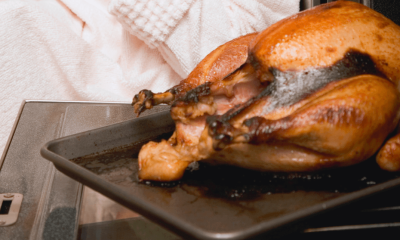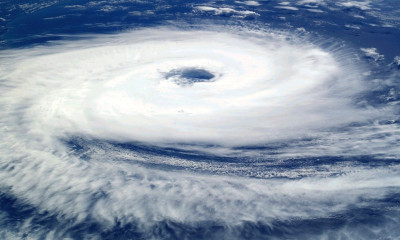Nine Things Business Owners Need to Know about Equipment Breakdown Insurance
Nine Things Business Owners Need to Know about Equipment Breakdown Insurance
What used to be known as Boiler and Machinery Insurance is now called Equipment Breakdown Insurance. This coverage protects businesses that operate heavy machinery against common mishaps including explosions, malfunctions and breakdowns as well as any damage caused by fires, storms or other natural disasters and can be essential to a company’s survival after disaster strikes.
We talked to Adjusters International’s Bill Sharpe to find out what business owners need to know about Equipment Breakdown Insurance.
1.) What types of failures are covered?
For the purposes of equipment breakdown insurance, the failure must be sudden and accidental. It cannot be the result of maintenance, the equipment being at the end of its life or wear and tear. Some examples would be short circuit or electrical arcing or mechanical breakdown where a shaft or a gear fails or centrifugal force or such things as a boiler overheating or sagging.
2.) What’s not covered?
There are 21 general exclusions. To name a few, the anti-microbial exclusion, wet rot, dry rot, ordinances or law coverage, earth movement, nuclear hazard, war, explosion, and viruses. Business owners need to understand that because there are 21 specific exclusions, it leaves the carrier a tremendous opportunity to deny or limit coverage based on interpretation.
3.) What types of coverages are available to counteract the exclusions above?
You have to pay close attention when you are buying this insurance to make sure you are insuring around some of these exclusions that can be very costly. For example, if local regulators have set rules concerning the age or state of the equipment, then the business owner could buy ordinance of law. Earthquake is big in Oklahoma and you could buy separate insurance for that to supplement the Equipment Breakdown policy.
4.) What types of machinery are covered?
Fire pressured vessels, steam boilers, hot-water boilers, sterilizers, vulcanizers, electrical equipment, transformers, generators, air-conditioning systems, electronic data processing, computer equipment and telephone systems can all be covered under this type of policy.
5.) How can a policyholder can be sure that they have adequate coverage in place for their facility and their machinery?
The business owner must maintain and regularly update their asset registry to include all of the equipment covered under their policy. Secondly for each piece of equipment, they need to look at all the costs associated with replacing that piece of gear if this mechanical breakdown that occurs damages such that it needs to be replaced. Most importantly, you have to remember you are going to have to do hot commissioning and cold commissioning which are similar to test runs and are used to make sure that everything is running smoothly.
6.) Is loss of business income covered under this type of insurance?
Loss of business income is not normally afforded as part of Equipment Breakdown Insurance. If the business owner has not selected that on their business coverage, then they basically do not have loss of income coverage. Even if it took six months on a covered cause of loss to put everything back together, they would have to have a war chest large enough to maintain the salaries and operating costs of their business if they have not selected that coverage.
7.) What should business owners do before disaster strikes to make sure that their employees are ready?
I think the most important thing is to have a written plan that everybody at the company is familiar with. That plan should include, first of all, evacuation and life preservation guidelines in case of an equipment malfunction, explosion or other failure which threatens human life. They should also have a list of all of the experts that they are going to use after a disaster including cleaning, damage assessment, equipment repairs, temporary equipment rental which would allow them a swift recovery and a minimal loss of operations. Another thing that can be helpful as a part of that is equipment maintenance records. They should also take lots of photos of the equipment in its broken state because a picture can often complete the story of how the damage came about.
8.) If there is a widespread disaster and several businesses are affected, what's the turnaround time for the insurance company to inspect the damaged equipment?
It may be days or weeks before the company’s adjuster shows up at your site. At that particular time, the business owner may want to make sure that they are represented by the hiring of a loss consultant or a public adjuster who can identify and quantify the damage in accordance to the policy and help put in place a plan to minimize loss of business operations which an adjuster can get on board with. A qualified public adjuster can also expedite the process of recovery by being prepared and providing options covered under the policy.
9.) Who is responsible for proving Equipment Breakdown Claims?
Each and every policyholder has the responsibility to estimate the damages and present that to their insurance company. If the business owner does not know how much their boiler cost, how much it costs to repair that equipment, or which electrical lines have been damaged, then they are going to need some outside help. That person needs to be the policyholder’s advocate and not someone who is being paid by the insurance carrier.
Check out the full podcast! To listen to more episodes, click here.


